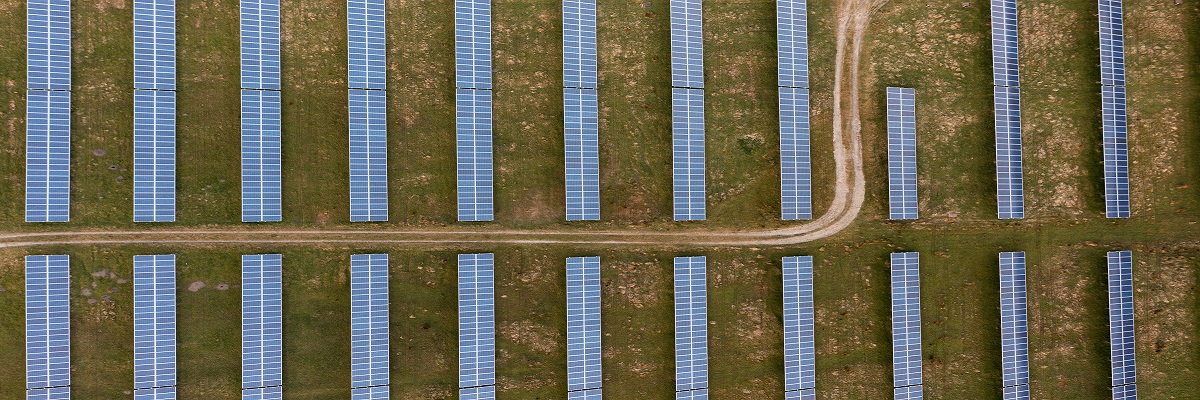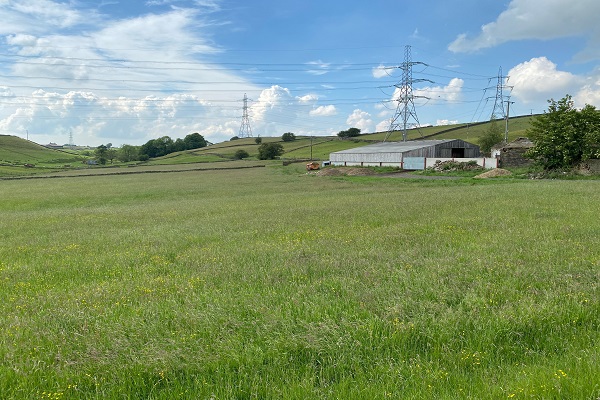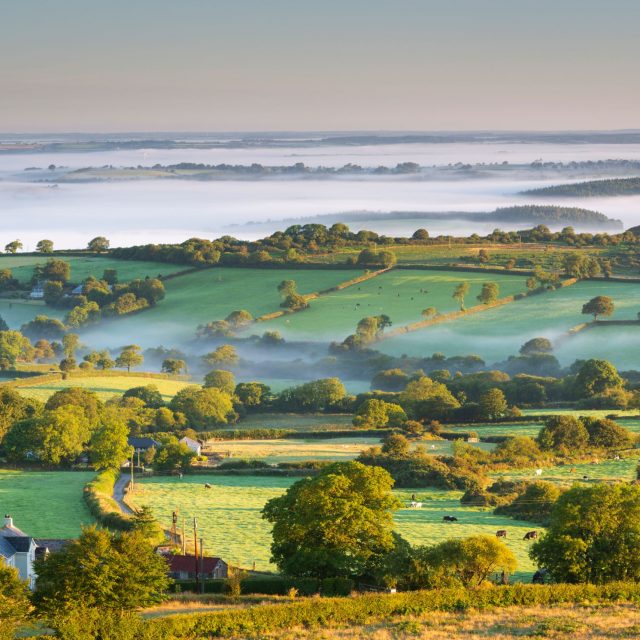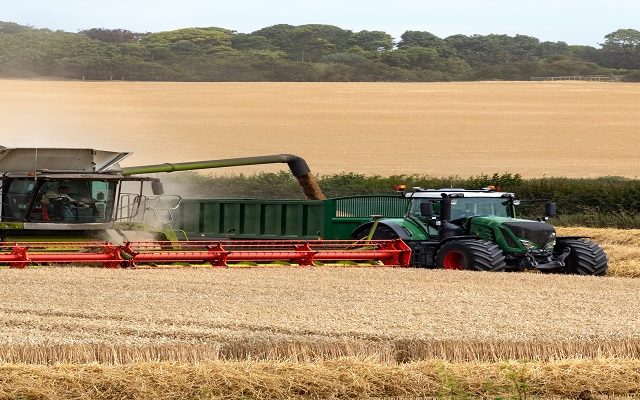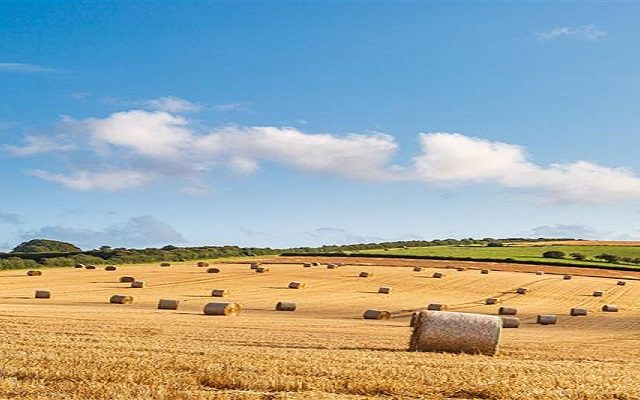Solar farms and planning – what’s changed?
Applications for planning permission for large-scale solar farms all-too-often lead to tensions, with fierce debate over their impact on the landscape, local communities and food production.
Even among farmers and landowners, such developments split opinion. Some land managers are extremely concerned about land being taken out of food production, while others recognise that schemes can be a valuable opportunity for landowners to make the most of their assets, while helping to improve energy security.
Against this backdrop, the Secretary of State for Energy Security and Net Zero has issued a new statement on how solar farms should be treated in the planning regime.
Claire Coutinho made a Parliamentary Statement on 15 May which said that ‘Best and Most Versatile (BMV)’ land should be protected to strengthen food security, so large-scale solar projects should avoid this where possible.
Instead, they should be developed on lower quality agricultural land, brownfield land, contaminated land and rooftops.
BMV land is classed as Grade 1, Grade 2 and Grade 3a under Agricultural Land Classification. While there was some speculation a couple of years ago that the government might extend BMV to include Grade 3b land this has not happened yet.
Although the minister’s statement has been presented as a new announcement by the Government, this guidance is in line with that contained in the National Policy Statement published in January 2024. This states “applicants should, where possible, utilise suitable previously developed land, brownfield land, contaminated land and industrial land. Where the proposed use of any agricultural land has been shown to be necessary, poorer quality land should be preferred to higher quality land avoiding the use of “Best and Most Versatile” agricultural land where possible.”
This means it does not prohibit the siting of solar farms on BMV land, although it does say it should be a ‘material consideration’ when considering an application for planning permission.
The minister also stressed that planning authorities should consider the cumulative impacts where several proposals for solar projects come forward in the same area.
Overall, the statement reflects the status quo, rather than a fundamental shift in policy. Indeed, Solar Energy UK, which represents the solar industry, has welcomed it as “confirmation that existing land use policies will continue to provide stability as the sector expands.”
It claims the only significant change announced by the minister is the intention to tighten up on Agricultural Land Classification soil surveys undertaken as part of the planning process for solar development. On this, the Government has said it is looking at introducing an independent certification scheme for surveyors to ensure soil surveys are of a high quality.
So in answer to the headline question of ‘what’s changed’ the answer is: ‘not much’. Whether this is a good or bad thing depends very much on which side of the argument you sit.
Footnote:
Solar farms currently cover 0.1% of land in the UK (Source: Solar Energy UK, quoted by Carbon Brief, August 2022). The government’s target of 70GW of electricity generated by solar by 2035 is estimated to require 0.5% of UK land. To put that into context, it is less than the area covered by golf courses.
Solar farms can be grazed by sheep and, in some cases, could provide valuable new habitats for pollinators and other wildlife (Source: Blaydes et al (2024). On-site floral resources and surrounding landscape characteristics impact pollinator biodiversity at solar parks. Ecological Solutions and Evidence.)
